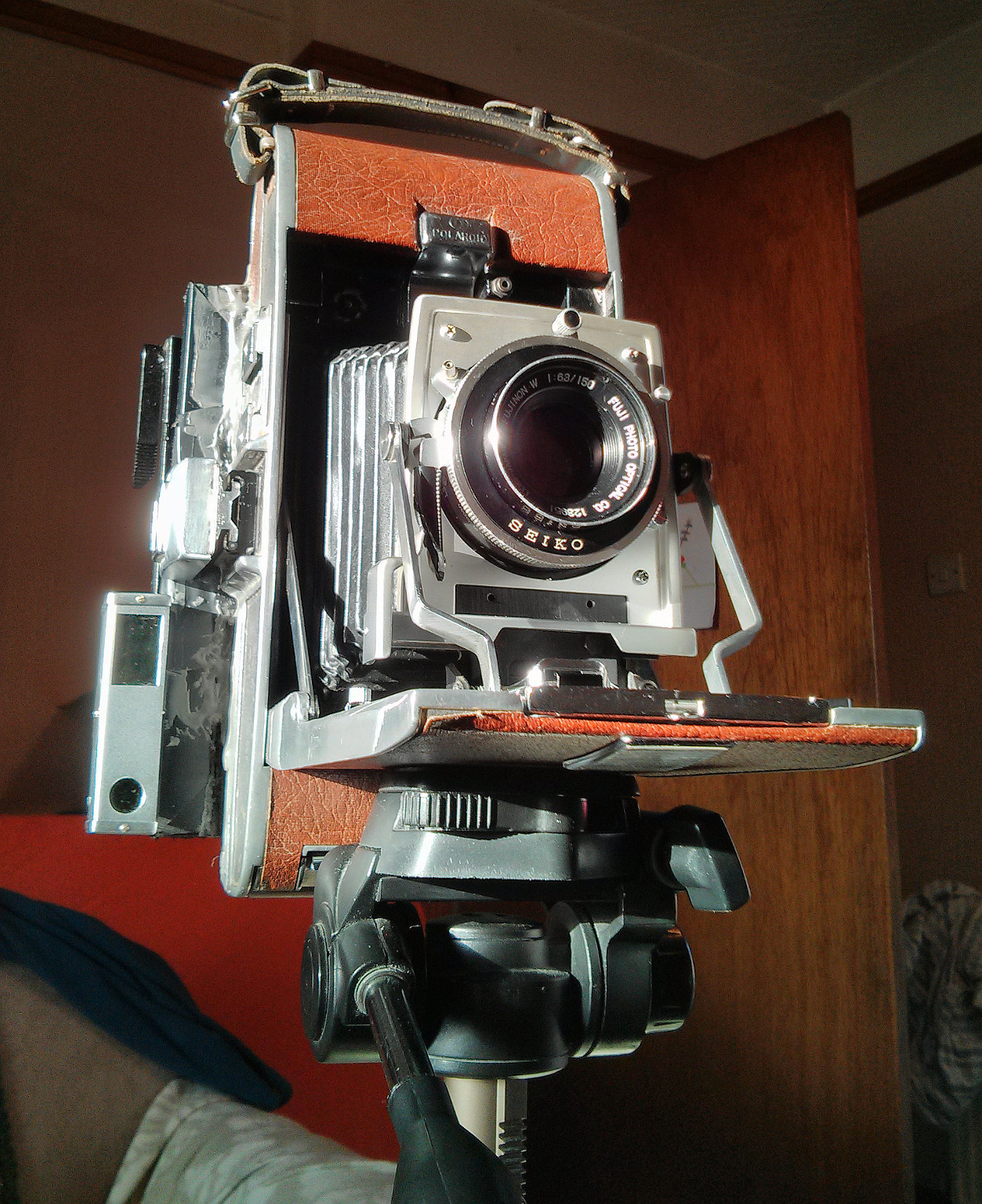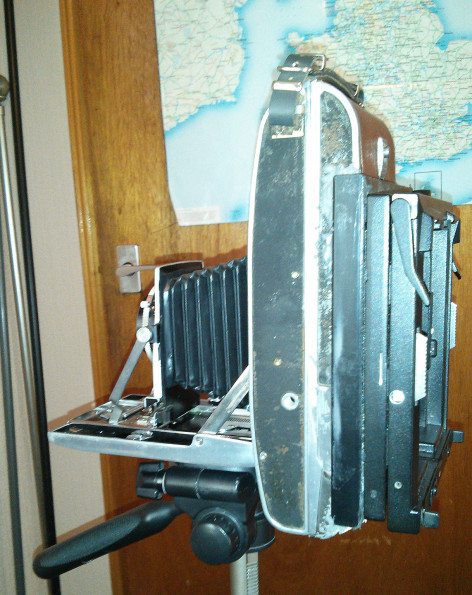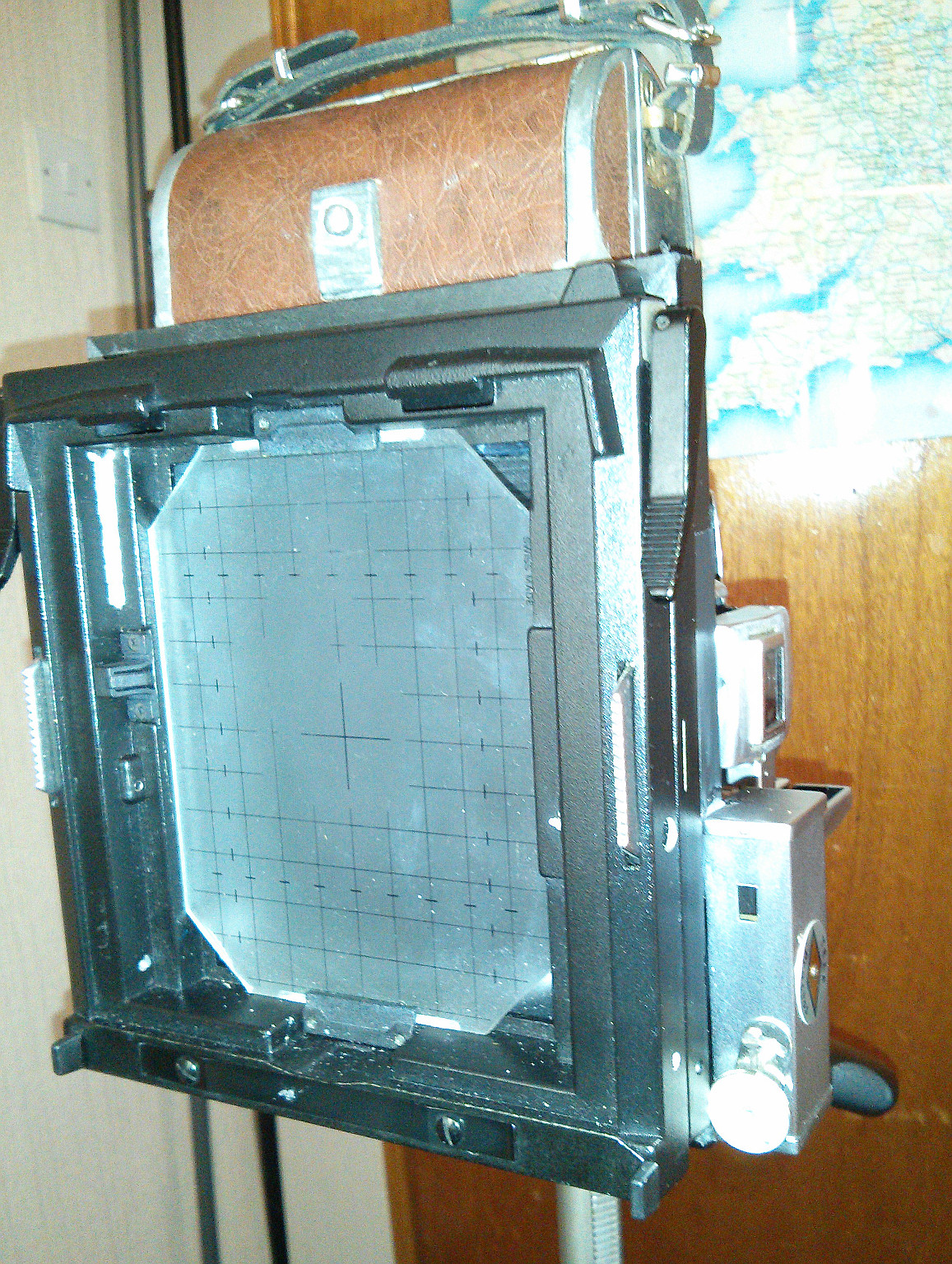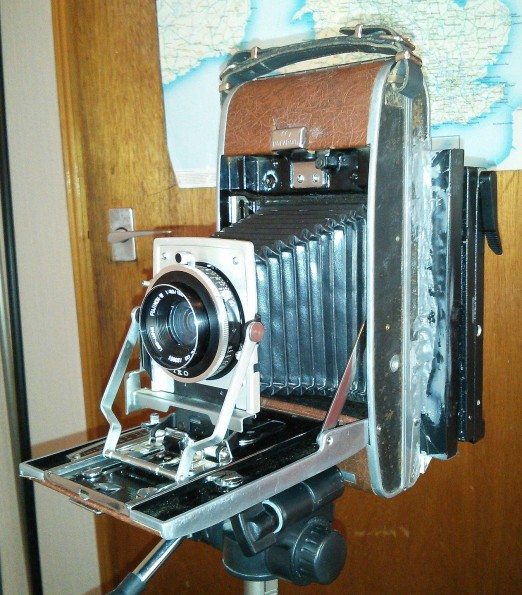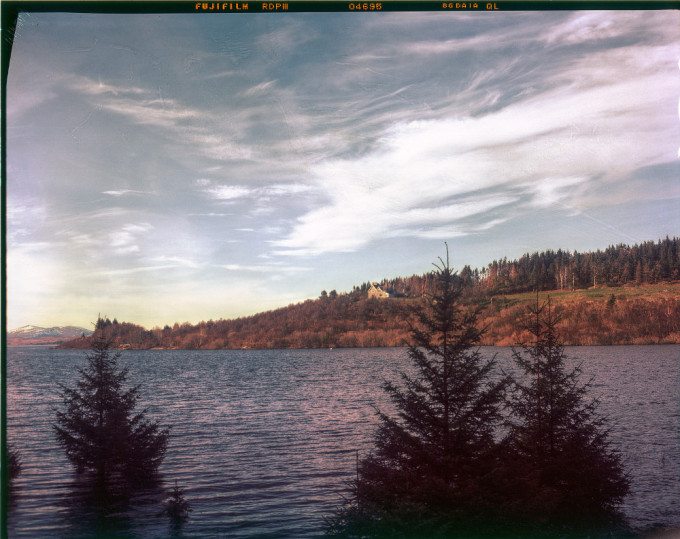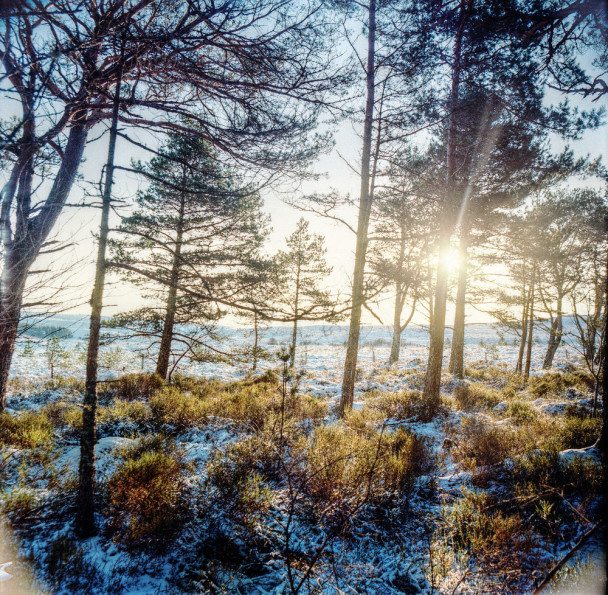Last Updated on 04/07/2015 by Chris Gampat
All images by David McKay. Used with permission.
When it comes to conversion projects, one of the most common ones that we all see are transforming a camera into a Polaroid shooting version. But photographer David McKay did the opposite and instead converted a Polaroid camera to shoot 4×5 images. Inspired by the work of previously featured Lucus Landers, David was originally put off at purchasing a large format camera but when he heard about the DIY approach, he decided to give it a shot.
The results so far haven’t disappointed us.
Phoblographer: What first got you into photography?
David: I think my interest first started when I was very young – when, after a holiday, my mum showed me the little folder filled with 36 prints. I don’t remember much from when I was that age – I must’ve been 5 or 6 – but I do remember the awe I felt when I saw the photos. It was just so impressive when I realised that this little plastic box she’d been toting around had been freezing time and storing it on a roll of plastic that could be turned back into the scenes so easily. When I was 14 or so I got a basic bridge camera for my birthday, and I started snapping away on that. Very basic at first; point at something interesting and press the magic button. It took a while for me to develop beyond that.
Phoblographer: What attracts you to analog, film and Polaroid photography?
David: I find there’s something very special about film – it’s hard to say what it is exactly. Some part of it will be the look; some of it is the ‘feel’ – that is, seeing a slide or negative, using a film camera, developing it, all of the rituals and rules that you go through – and I think another part of it is the technical aspect of film, the chemistry involved, which really appeals to my sense of wonder, that a piece of plastic with gelatin and silver on it can become a photo. And then, of course, I’ve always had an interest in retro things. In terms of Polaroid I think the same things apply – I remember being impressed with the simplicity of the technique Edwin Land pioneered for Polaroid’s instant processing – and also the ability to have a unique print on hand in a matter of minutes after shooting.
Phoblographer: Talk to us about this conversion. Why did you do it?
David: One day I decided I’d like to try large format photography, having being working with medium format for some time and enjoying it. I set about finding out how much it’d cost to get into it. When I cracked open eBay and saw I’d be, in all likelihood, be paying at least £150 to start off, I was put off. I never enjoyed parting with my money very much, but I still wanted to get into large format. That was when I read an interview here with one Lucus Landers about his homemade 4×5 Polaroid camera. I was very impressed to say the least. I searched for other DIY 4×5 projects on Google and heard about Polaroid conversions as one route. I ordered a 4×5 Graflok back, a Polaroid 95 body, a few other things I’d need in building it, and set to work.
Phoblographer: Now that you’ve built the camera and it’s been a little while, what has the experience been like shooting with it?
David: At first I found it a nightmare to focus, since I had to guess distances to subject and try to position the lens at the right distance using some markings I made as a guide. I usually do landscapes stopped down quite far, so this wasn’t too much of a problem, but it was enough for me to decide to add a rangefinder to the camera for ease of focusing after. Once that was sorted out I still felt a bit unconfident at first. What if I had a light leak? What if the bellows have pinholes? It took a while to get over that, but now that I have, it’s become a relaxing ritual to use. Meter, focus, remove darkslide, shoot. Not having to worry about movements as you might find on a technical 4×5 camera is nice, and – as I do my own developing – when I shoot Polaroids with it (using a 405 back) there’s something liberating about not having to worry about exposing it and developing it to technical perfection.
Phoblographer: You’ve truly created a camera that is just yours and that no one else really has unless they wanted to tinker around themselves. How does that make you feel as a photographer? Of course, the end result is all about creativity but having a unique tool can help at times.
David: There’s definitely a great feeling in knowing that, from finding a scene to composing to exposing to printing, you’ve been working with not only your own brain and eyes, but your own unique camera as well. One thing that building this did was to help me learn and appreciate how a camera works. Some folk might not consider it to amount to much, but for me, having not only a good creative understanding but also a good technical understanding helps me to appreciate photography even more, and to really add an extra magic to the final print.
Phoblographer: Talk to us about how this all works.
David: A large format camera is surprisingly simple – the shutter is usually based within the lens itself, so the rest of it basically amounts to a light-tight box with the appropriate points of attachment for lens and film holder. The Polaroid 95’s back was emptied by removing all the old hardware that would’ve worked with the (now discontinued) Polaroid rollfilm this camera was originally built for. I attached a wooden photo-frame to the back with JB-Weld adhesive and two screws, and drilled holes into that for mounting the 4×5 Graflok back. I bought a lens (a Fujinon-W f/6.3 150mm) and mounted it on the front standard, which necessitated a bit of hacksawing to the front standard so it would fit. I removed the viewfinder, placed an accessory shoe in its place, and mounted the viewfinder on the shoe using a spare piece of metal – this had to be done as the graflok back was big enough that it blocked easy use of the viewfinder. Later I attached an old accessory viewfinder to help me find distance. That completed the building.
Phoblographer: Any chance you’ll be do any other conversions?
David: I haven’t got any plans at the moment, but I’d definitely be ready to do something like this again. I’m sure I’ll see something again in the future that starts the process of mapping out and completing a project – I can’t wait to find out what.


